Rising ‘Ghost Moose’ deaths – A lethal conspiracy of agitated nature
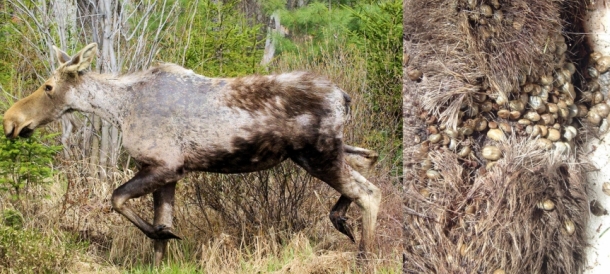
Nature is a perfect conspirer when it’s about killing its own creation through another of its own. Nature isn’t insane, and it does not kill out of hate, but it does have punishments when someone tempers with the balance it had endowed the ecology with.
Researchers and animals experts have held climate change responsible for the rising rate of moose deaths along with creating of ghost moose. We hope, you know what is a ghost moose. If not, then let us explain it to you. Ticks are common parasites found in animals in the wild. They feed on the blood of their host. Spring and summers are most suitable for their growth and expansion.
However, the temperature has given additional advantage for the growth of ticks and their number has grown higher than ever. The winters are getting warmers, boosting tick population. Now, these animals are stormed by about a staggering number of ticks that could rise to 75,000 in extreme cases. Such a huge number creates unbearable irritation to these animals. They end up scratching their body so hard that their hair rub off the body.
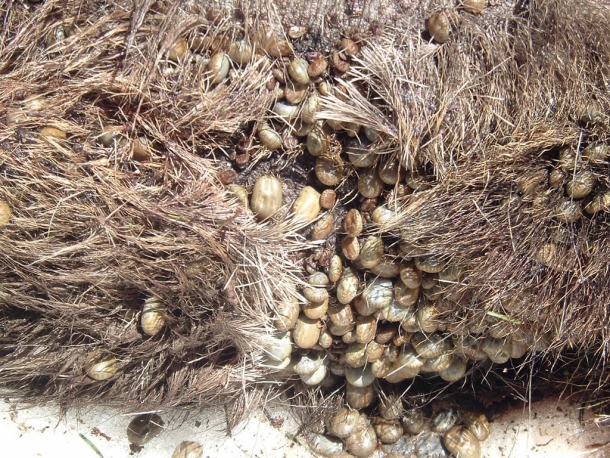
That makes a moose look skinny, their bodies emaciated with big hairless splotches. They look like zombies or walking dead, and that’s why they are classified as ghost moose.
From a population of 7,500 in New Hamisphire in 90s, the number has come down to 4,500 in 2013. While scientists don’t put all the blame for ghost moos deaths on ticks alone, they are fairly certain that it’s one of the main causes.
In winters, the ticks latch on these animals and suck blood out of their body for five months until they drop off their host body in early spring. The rise in number means more blood drainage causing anemia. The April is called ‘the month of death’ because this is the time when most of calves are found dead in skinny and malnourished condition.
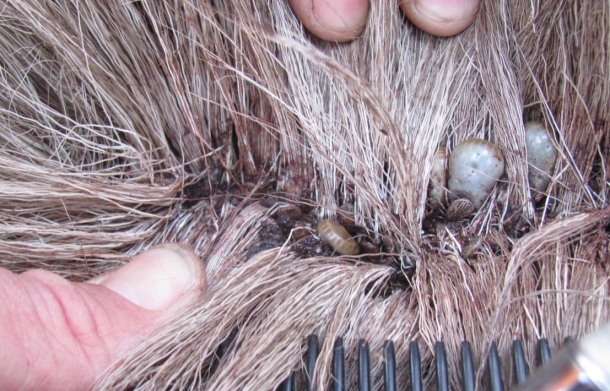
Earlier, when the winters were colder and longer, ticks would jump off their host and die after landing on a snowy ground. However, now, the snow melts faster and by the time ticks jump off host body, the ground is bare and warmer. That ticks don’t die, rather, they flourish taking advantage of it.
When the average annual temperatures in New Hampshire are compared, a rise of 0.5 to 2.1 degrees Fahrenheit is observed.
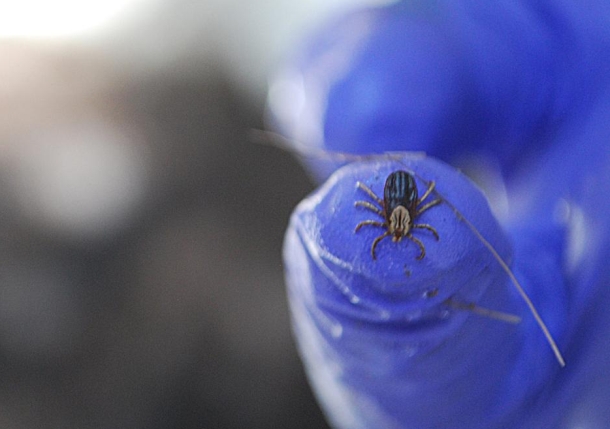
In 2014, moos population faced the worst winter tick outbreak in New Hampshire. It killed over half of 22 collared calves. In Maine, 22 of 30 collared moose calves were found dead. The band news was that the number also included older and tougher moose as well.
The carcasses of these dead moose were carrying a staggering number of ticks. This year is no better. In Main, 21 of the 3 moose calves, which carried collars, are dead and in New Hampshire, 7 of the 27 are dead so far.
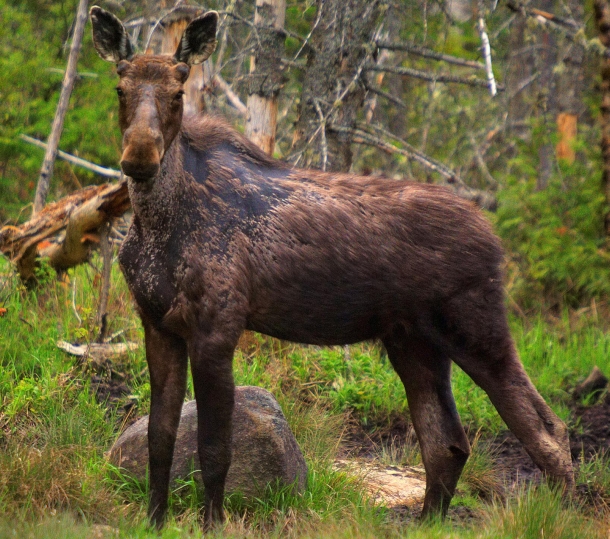
Except one dead moose, all other in New Hampshire and Maine were badly infested with ticks. They suffered from severe blood loss.
Recently, another dead moose was examined by scientist and found blueberry- size ticks all over the corpse. The ticks had drained so much blood that the moose was was feeding on its own body for proteins. It fed on bone marrow, muscles and heart. Abnormal lung tissue and big masses of lungworm were also found in most of the dead calves.
Some scientists like Samuel, the retired University of Alberta scientist hold winter ticks responsible for rising moose deaths. However, he is sure that not all people are ready to believe that.
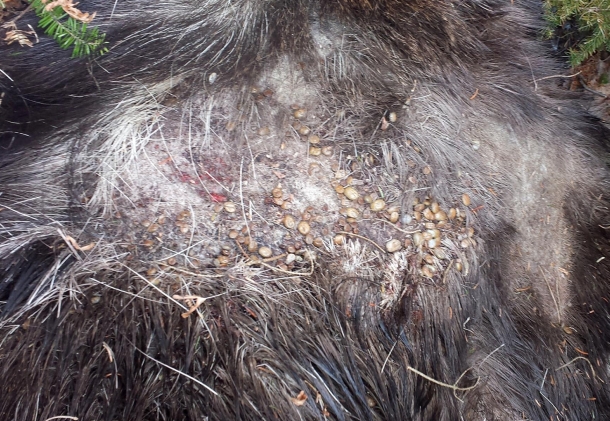
A sect of scientists is of the view that something else is hitting immune system of these animals and its conspiring with tick infestation.
The British government is worried about decreasing number of moose because the tourism industry is taking a hit as well. After all, Moose sighting is a revenue generating activity.
Tick is a very small creature, and is commonly found in animals, but climate change has turned them into a lethal parasite. It’s just a small demonstration how cunning nature can be when instigated.
Images: National Geographic


